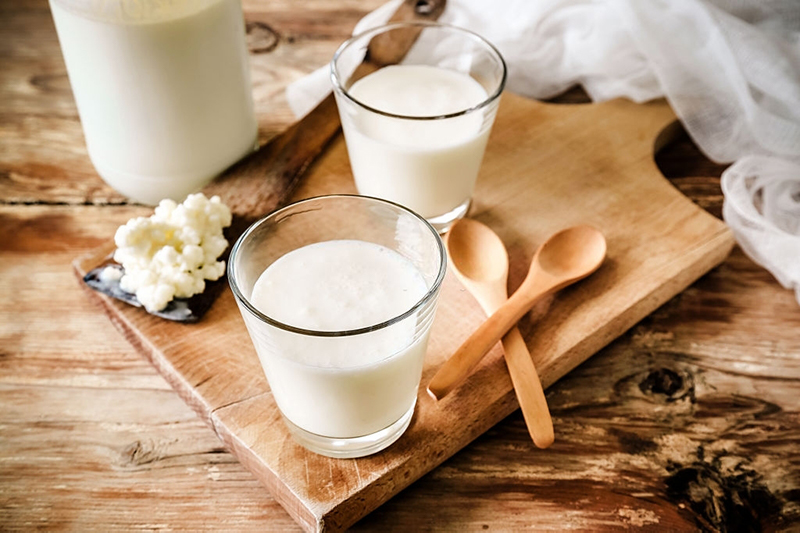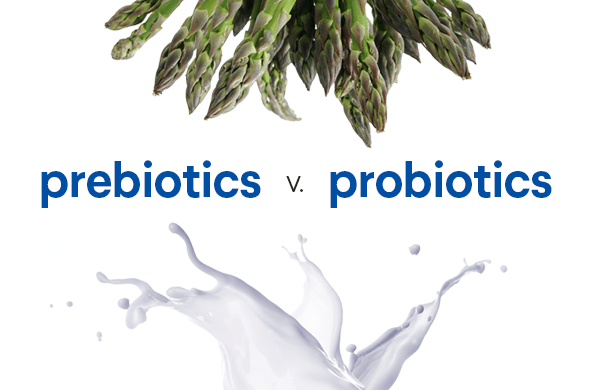Vanessa Kimbell, a best-selling cookbook author, presents her two-ingredient recipe for homemade living yoghurt.
Yogurt is a fermented milk product that has been inoculated with lactic acid bacteria. These bacteria predigest the milk and thicken it, as well as producing the lactic acid that gives yoghurt its distinctive flavor. probioticseverything.com
Probiotic foods contain live bacterial cultures that support gut microbiome functions such as vitamin and short-chain fatty acid synthesis, immune system activity, and protection against a variety of digestive symptoms, and are essential for optimal digestion and immune system health.
You’ve probably heard that probiotics are beneficial to your health. These foods contain living bacterial cultures, which may have beneficial health impacts for some of us. People can utilize probiotics to boost their gut microbiome, which is important for excellent digestion and a strong immune system. probioticseverything.com
Probiotics aren’t found in all yoghurts. Look for the phrase ‘contains living cultures’ on the pot, which means the yoghurt has live bacteria in it. Lactobacillus acidophilus, Lactobacillus casei, Lactobacillus bulgaricus, Streptococcus thermophilus, and Bifidobacterium species are among the friendly bacteria present in yoghurt. probioticseverything.comprobiotic yoghurt
At The Sourdough School, one of the things I do is mix up the cultures for optimal benefit. I hunt for two or three yoghurts on store shelves that contain different strains of bacteria and utilize them to make my own organically fermented yoghurt at home. This is a fairly easy procedure that eliminates the need for additional plastic packaging each time you produce yoghurt.
Although the effects of probiotics on our health have yet to be thoroughly investigated, research have shown some evidence of their benefits. When taken as part of a balanced diet, Bifidobacterium cultures were shown to reach the gut, where they were linked to a lower incidence of general digestive malaise. The important thing is to eat probiotic yoghurt as part of a balanced, healthy diet. probioticseverything.comprobiotic yoghurt
Unhomogenised milk yields thicker yogurt, which is nonetheless great eaten with a nice dollop of blackcurrant jam for individuals who don’t benefit as much from the probiotic advantages. probioticseverything.comprobiotic yoghurt
Raw Material
1 litre whole milk that hasn’t been homogenized
6 teaspoons (2-3 organic live plain whole-milk yogurts, ideally organic)
What is the best way to produce probiotic yoghurt?
Step 1
Fill a pot halfway with milk and set it over low heat. Gently stir until the temperature reaches 91°C, just below boiling point, while keeping a close eye on it. Then turn off the heat and wait until the temperature drops to 46 degrees Celsius. probioticseverything.comprobiotic yoghurt
Step 2
Strain the milk into a sterile, heated dish. After whisking in the live yogurt, the bacteria will begin to work on the new milk, converting it to yogurt. Area the bowl in a warm place overnight, covered with a clean tea towel. You can store it in an airing cupboard or a shelf above a heater, or pour it into a warmed, wide-mouthed Thermos flask and seal it. probioticseverything.comprobiotic yoghurt
Step 3
If the yogurt is still runny in the morning, wrap it in a warm towel for a few more hours. Transfer it to a sterilised container with a lid and store in the fridge after it has reached the desired thickness; a large glass jar is good. Homemade yogurt isn’t as thick as store-bought yogurt, so strain it through a muslin-lined sieve over a bowl for a few hours to create a thicker Greek-style set. probioticseverything.comprobiotic yoghurt







